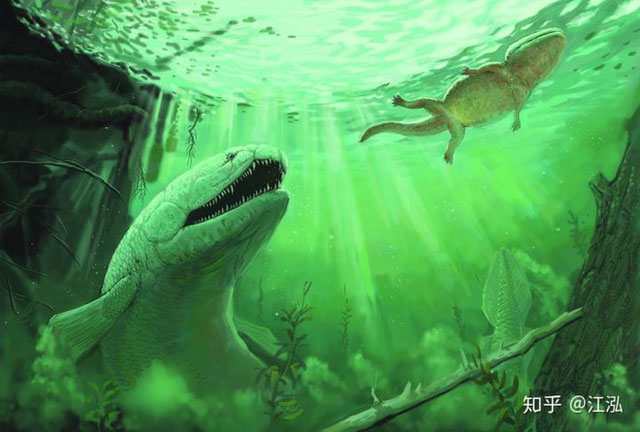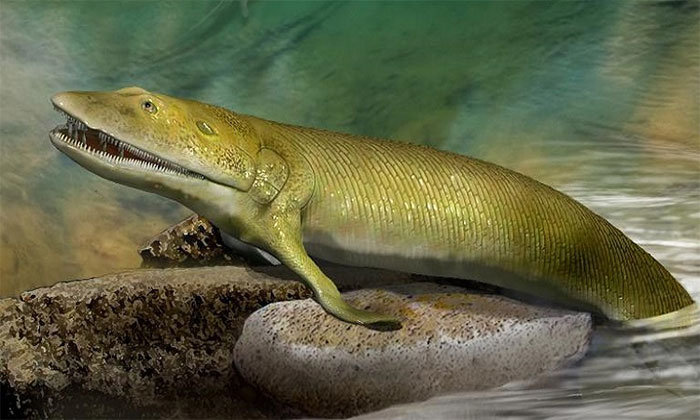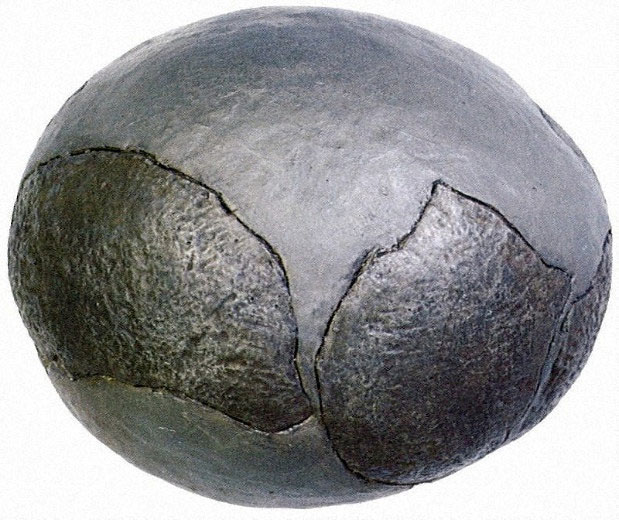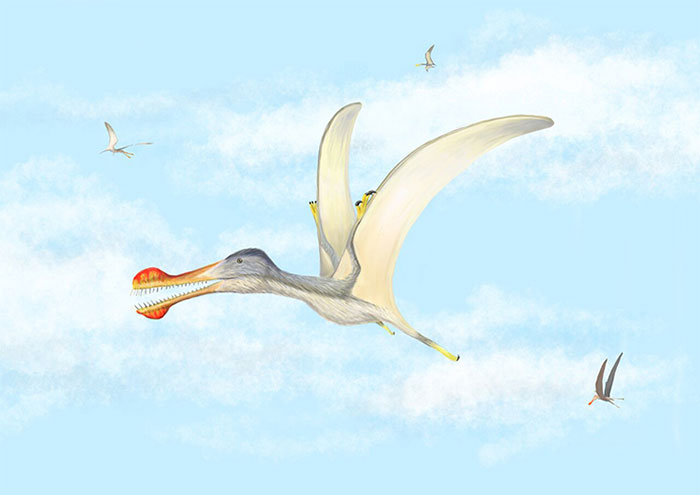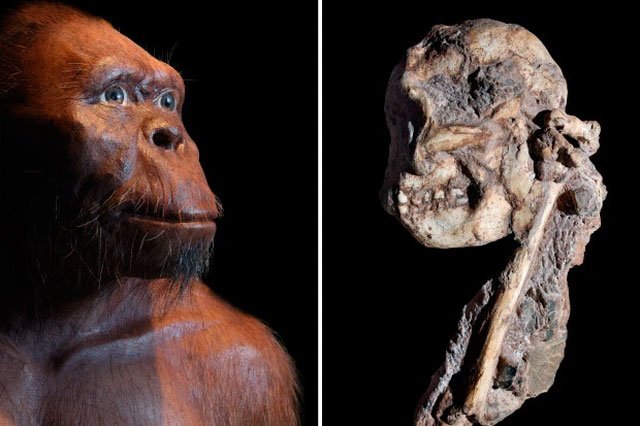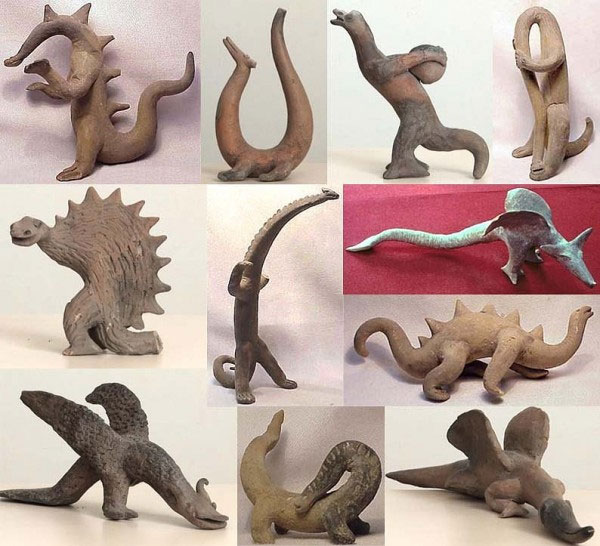
Mysterious stone statues make us hypothesize: Did humans live at the same time as dinosaurs?
Most paleontologists and geologists believe that dinosaurs existed between 220 million and 65 million years ago. Meanwhile, the ancient Homo sapiens were declared to appear about 200 thousand years ago. This shows that dinosaurs and humans could not live in the same era. However, the process of discovering archaeological sites discovered a lot of evidence that denied this view. Acambaro statues in Mexico are one such example. In July 1944, Waldemar Julsrud, a German merchant, stumbled upon a dinosaur-shaped statue while on his way to a mountain in the city of Acambaro (Mexico). Being an antique collector, Julsrud immediately realized the strange feature of this statue.
